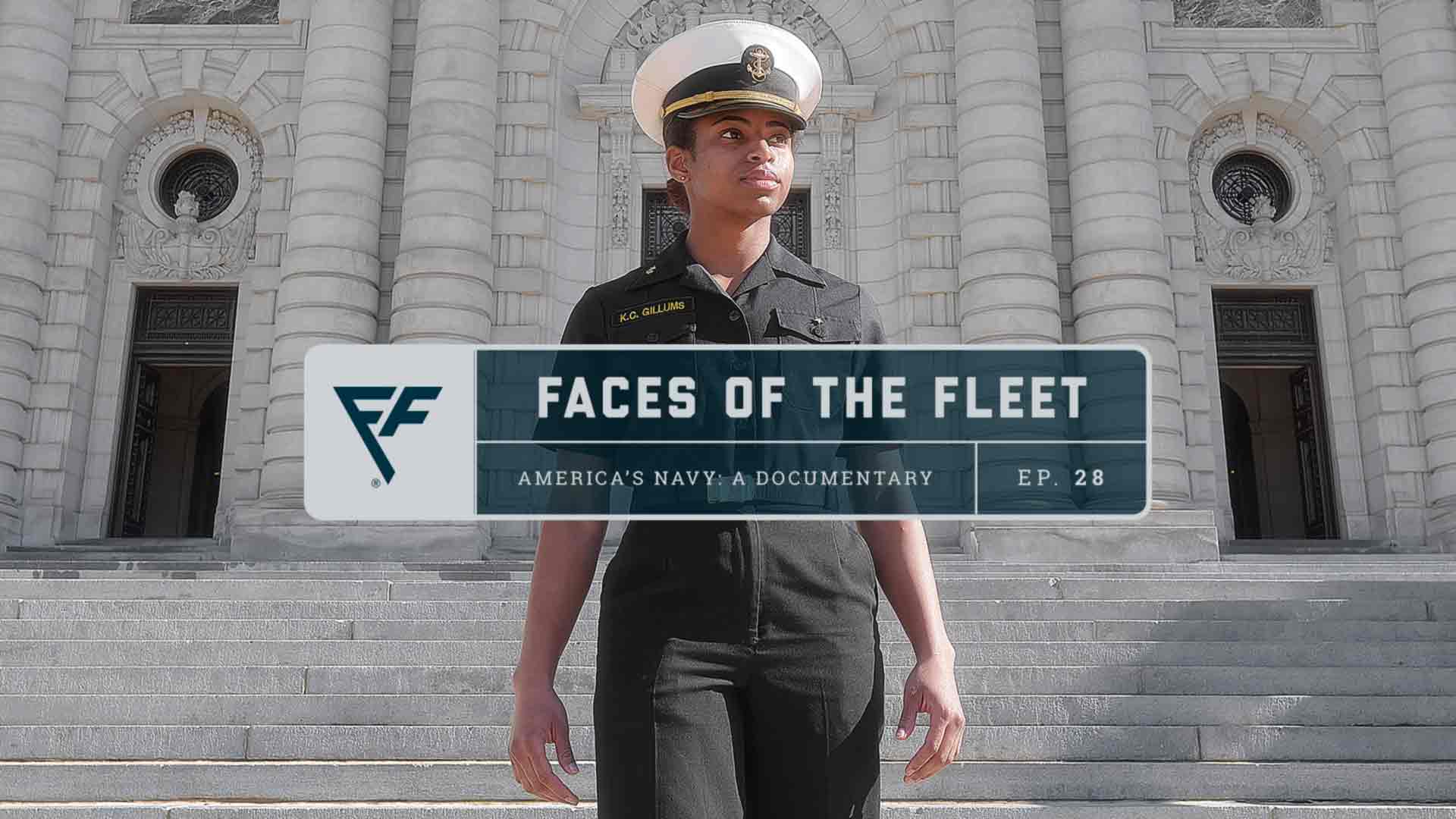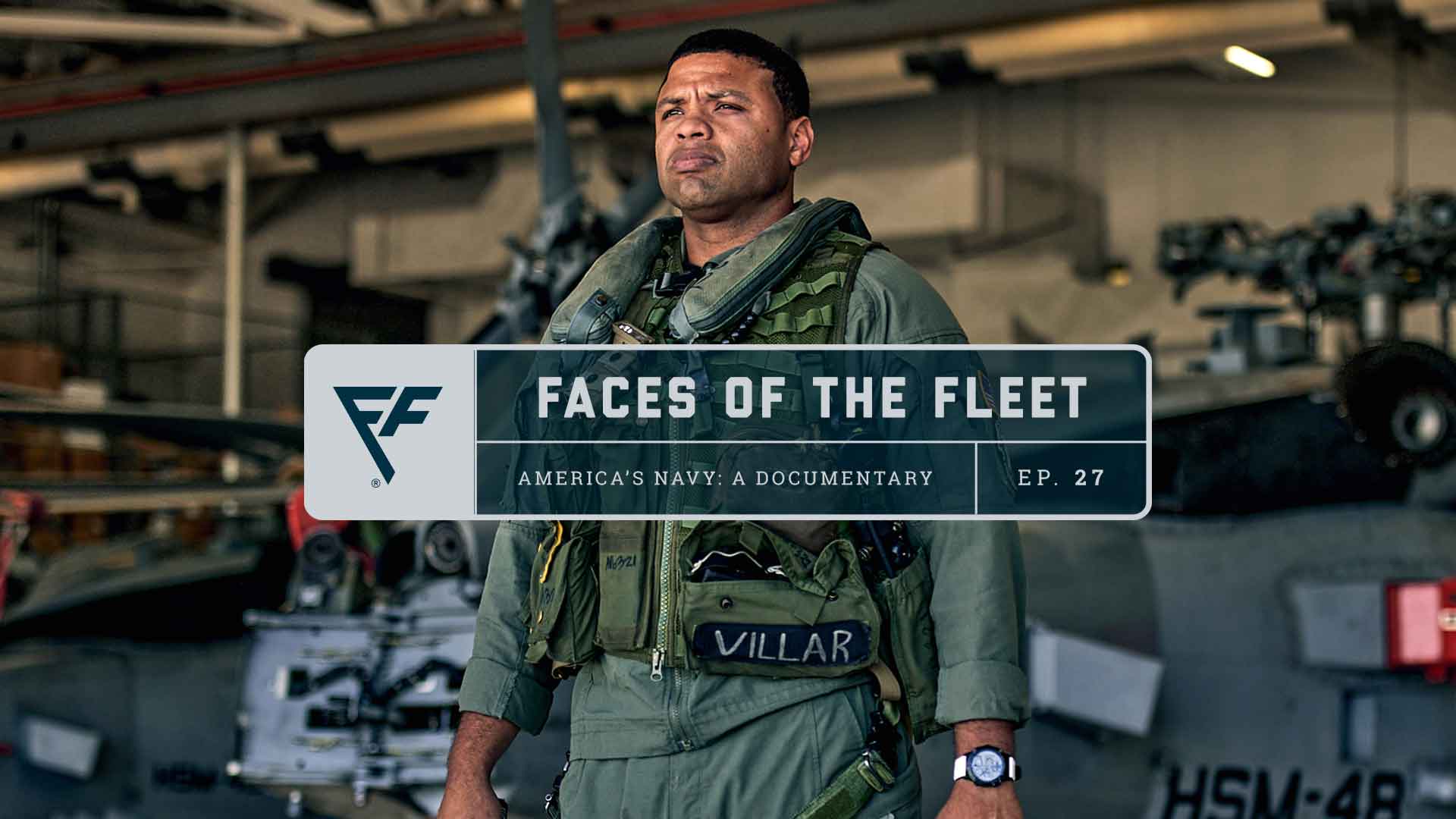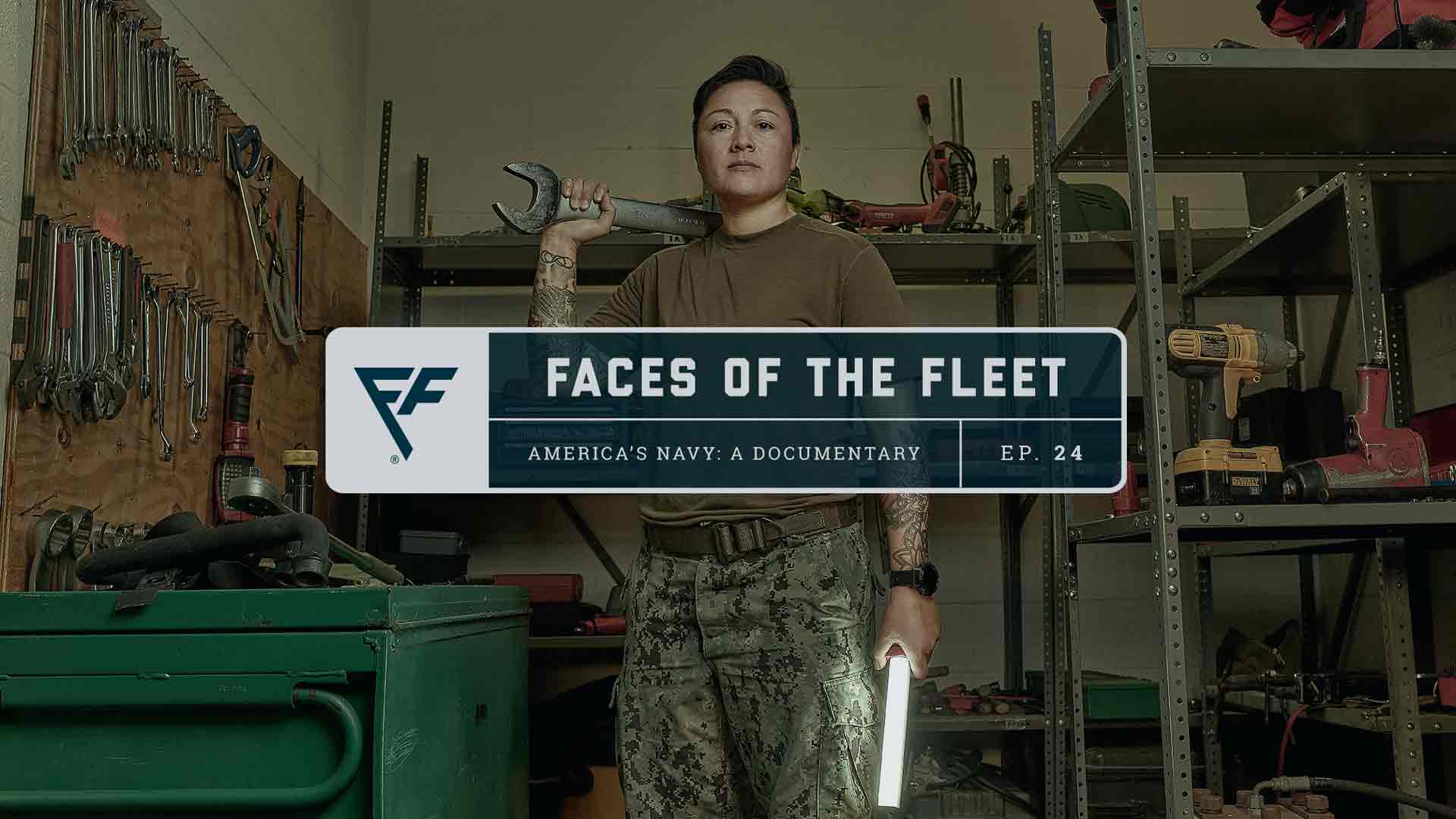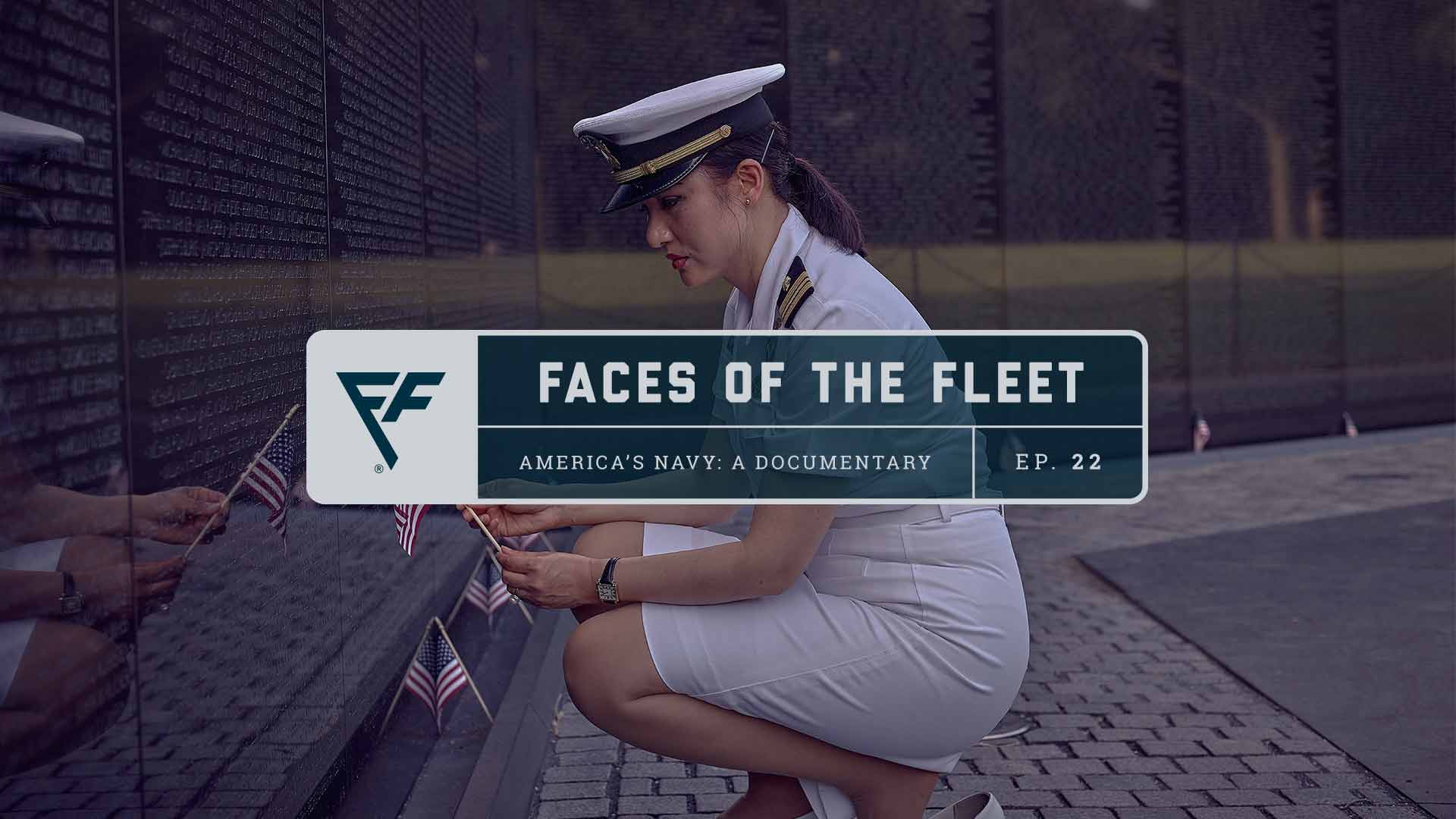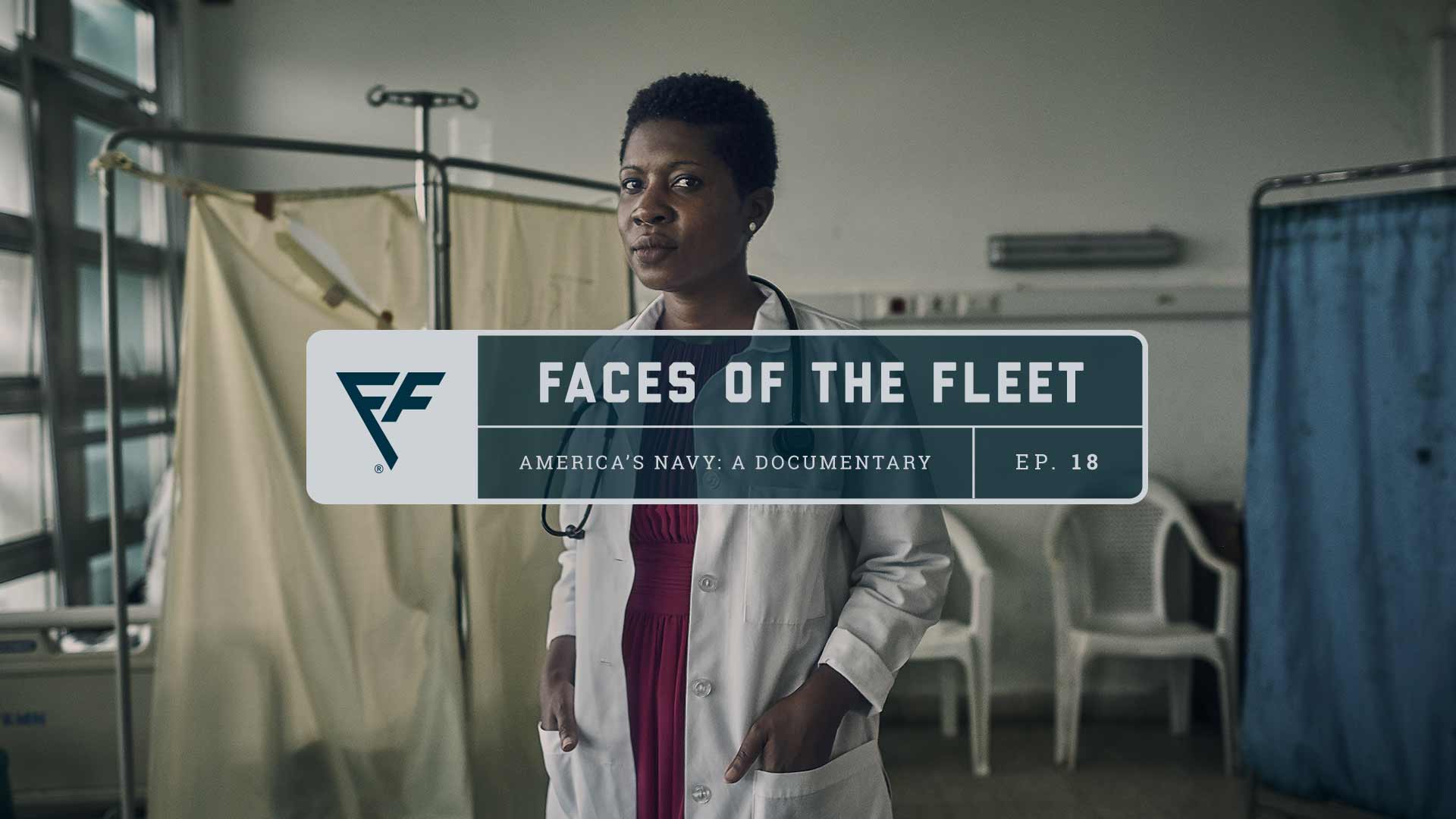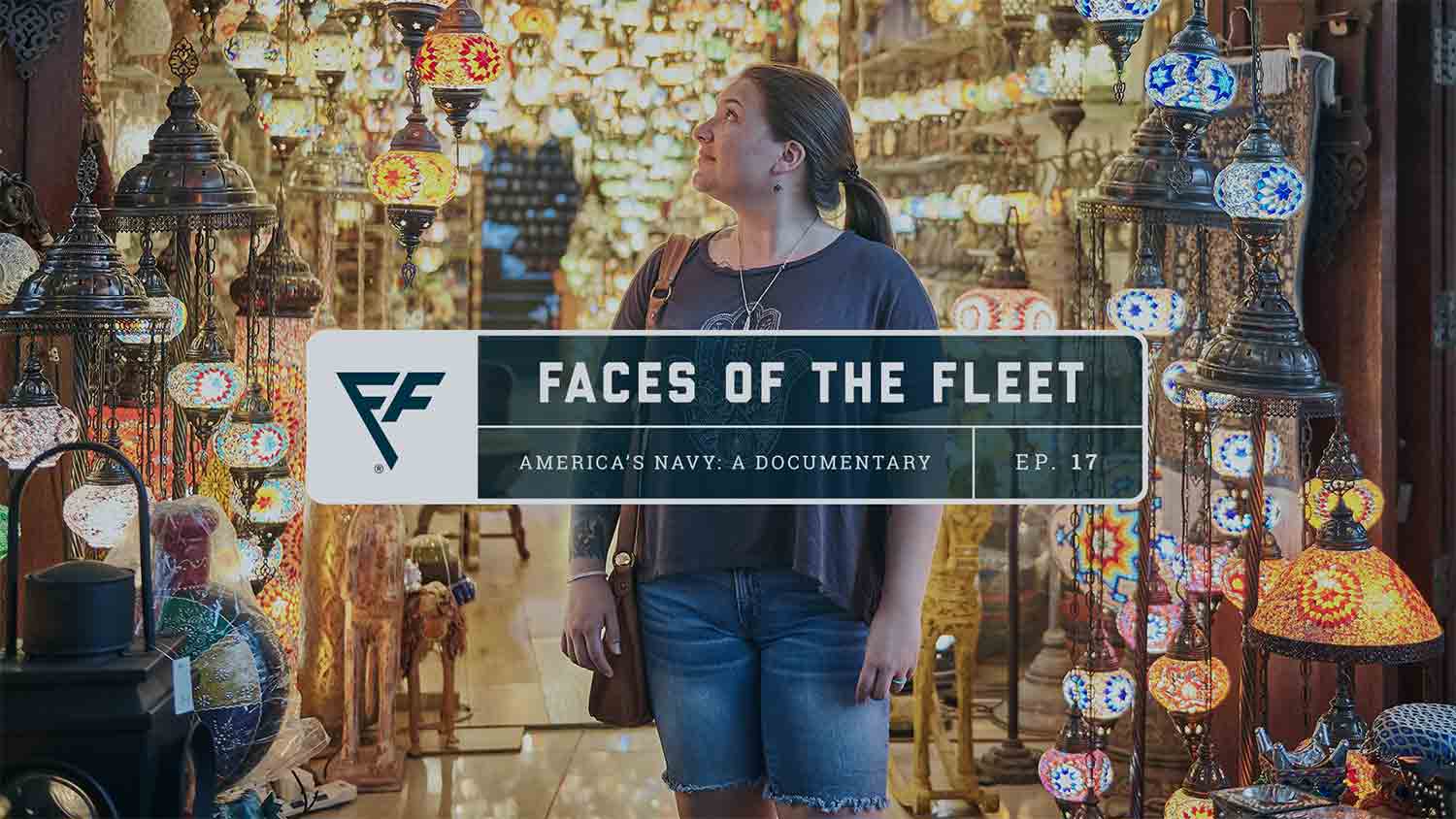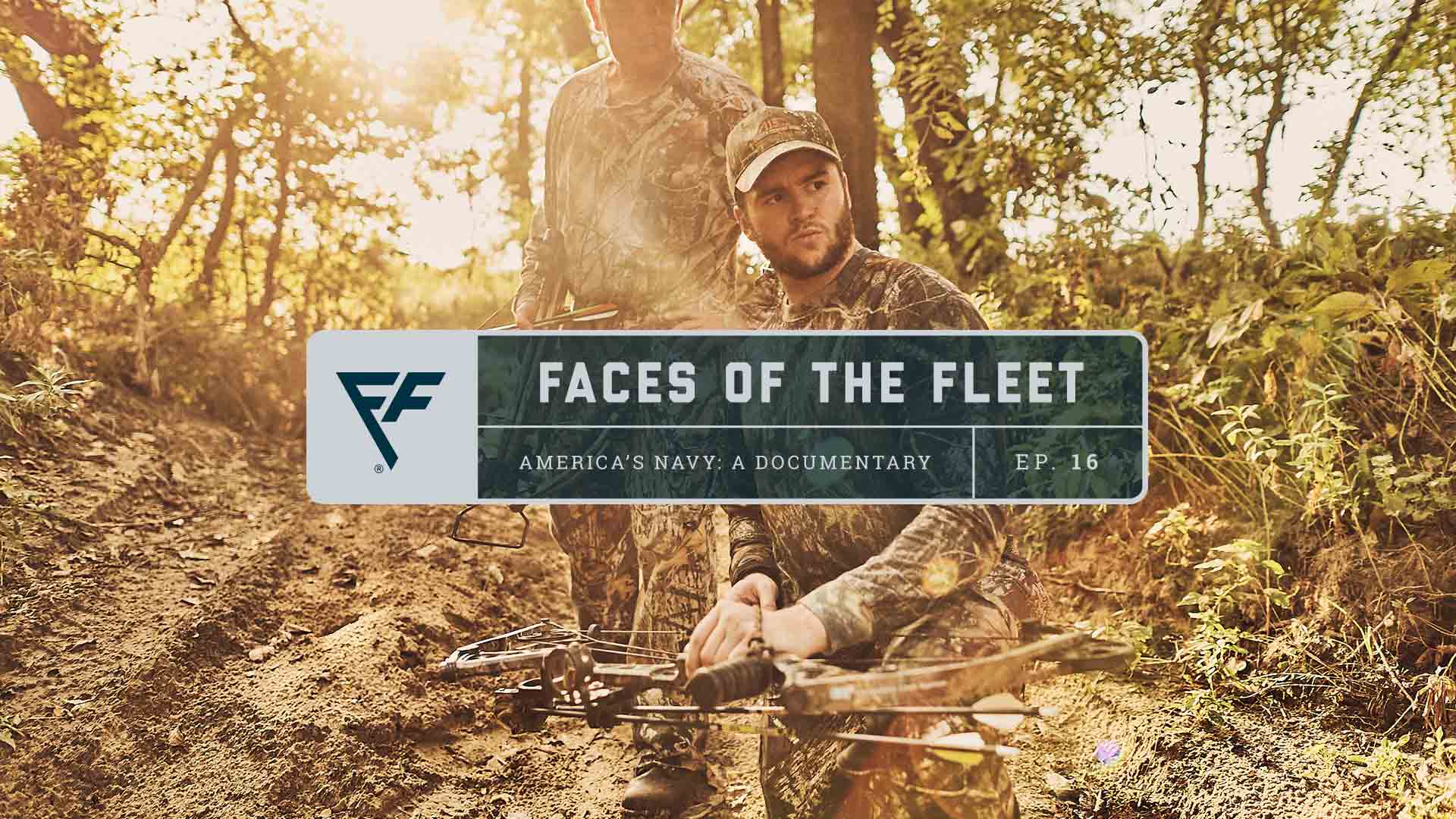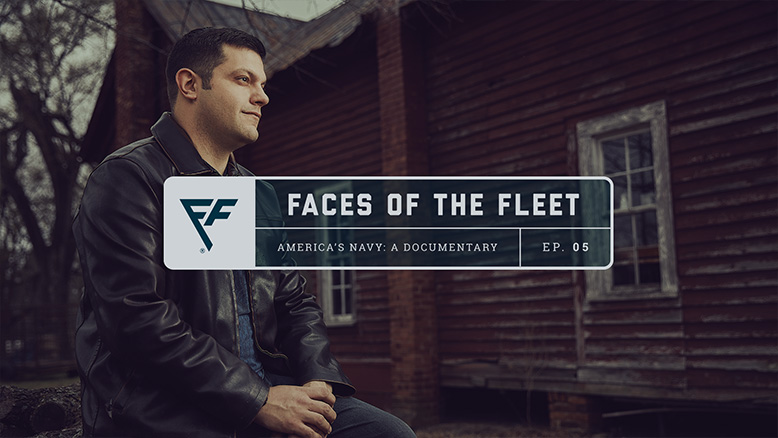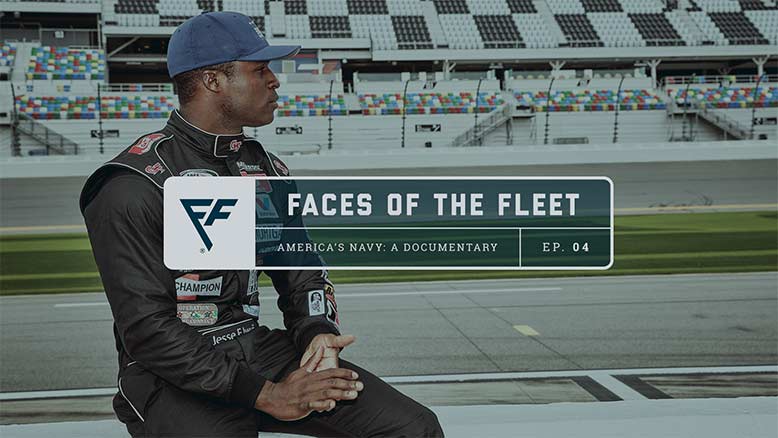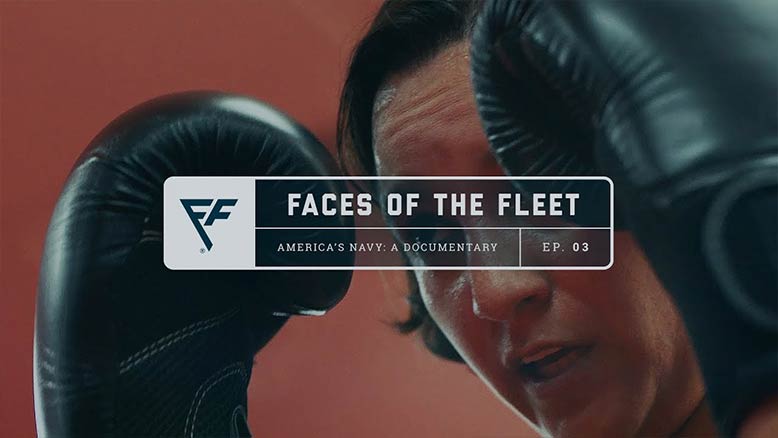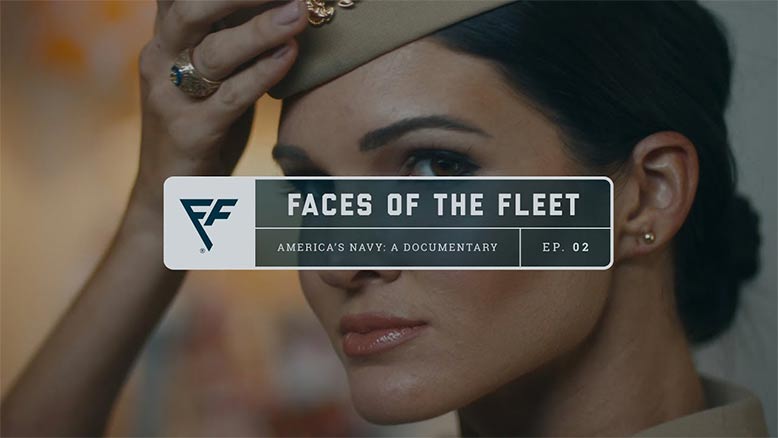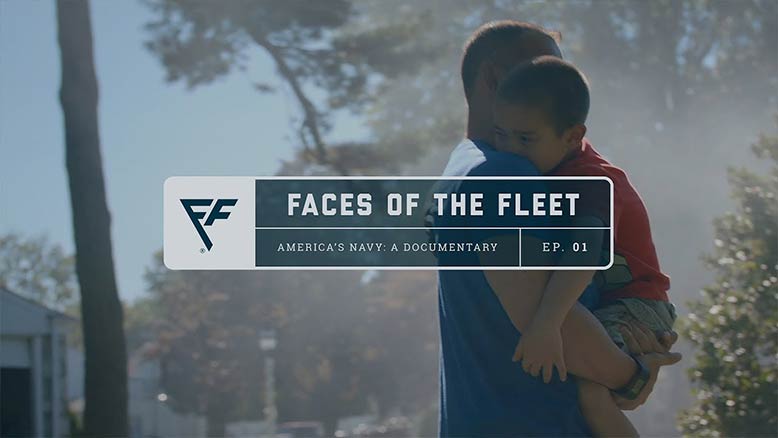In 1986, a stereotype was born on the back of a motorcycle when a secretive naval aviation school made its Hollywood debut.
TOPGUN.
But real TOPGUN pilots aren’t the mavericks the world knows them as. They’re so much more.
TOPGUN is known to the fleet as the Navy Fighter Weapons School, where its mission statement is simple: win in combat. It was founded during the Vietnam War after naval aviators were sustaining high levels of casualties despite superior aircraft and weapons technology. The school brought in experts to train the pilots and Naval Flight Officers on how to take advantage of new innovations inside the cockpit and properly engage enemy targets. One year after the school opened, for every one U.S. casualty, there were 12 for the enemy.
These highly-skilled men and women describe themselves using three words—humble, credible, approachable. That’s because this school doesn’t accept aviators with an ego, or those who fly with a death wish. Here, they don’t fly to break the rules, but to define them for the rest of the fleet. They experiment with new maneuvers in dogfighting and air-to-air combat. They design methods for low-level bombing runs. Instructors fly as adversaries, testing out enemy tactics on their students. Each day, pilots push their aircraft to the limit, just to see what’s possible.
Based in the remote, high-desert of Fallon, NV, TOPGUN draws the best of the best—experienced pilots from the Navy fleet who demonstrate the smart, skilled flying that make them the world’s most elite. Some graduates are selected to stay at TOPGUN as instructors training the next crop of pilots, while others will be assigned to respective weapons schools where they will provide instruction to the fleet.
All graduates earn the infamous TOPGUN patch—a universal symbol of aviation superiority around the world. It sits on the shoulder of every flight suit, reminding them of the three characteristics they must always embody as an aviator in America’s Navy.





































































































































